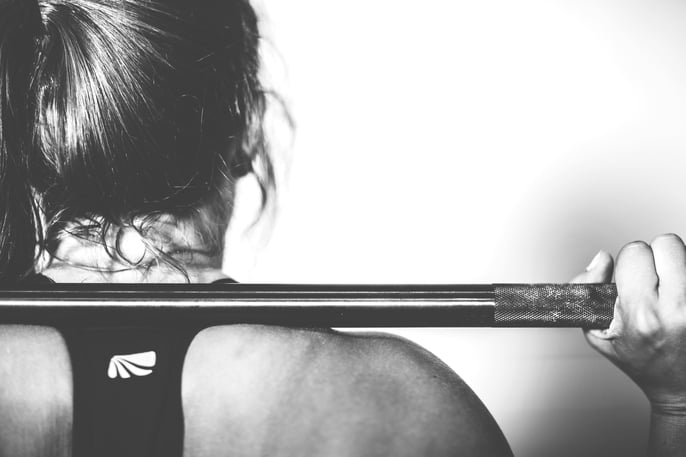
Migraine sufferers often find themselves avoiding anything they fear may bring on an attack. The debilitating nature of migraine, and its often-unpredictable nature, makes an episode a fearsome experience, and we all know the truth behind the expression ‘once bitten, twice shy’. Anyone who has had a migraine attack after exercising is likely to think twice before going back to the gym since they naturally the two events.
By doing this, however, you might be denying yourself the opportunity to help your migraine recovery.
Studies That Support Exercise with Migraine
While the studies into how exercise can help with migraine are relatively few, those that exist point to the positive effect exercising can have in reducing the severity and frequency of pain.
One study had migraineurs take part in an exercise program that involved exercising three times per week for three months. The study revealed that not only were the participants much fitter after completing the program, the connection between a migraine attack and exercising is extremely small.
In fact, only one participant experienced an attack that directly linked back to the exercise session.
Further studies are planned that will increase the reach of the research, using control groups to discover the extent to which exercise can alleviate or prevent migraine attacks.
The results so far are encouraging, although they are currently not conclusive since the field of study is relatively new.
Why Exercise May Help Migraine Frequency or Severity
The body is a complex organ, especially when taken as a whole. There are many different functions, both physical and emotional, going on at the same time, with millions of variables that differ from person to person.
We all have different responses to external or internal triggers, but drawing together all the different strands of migraine research leads experts to conclusions that are true for most people.
Exercising with migraine can help in various ways, as its effect on the body works to counteract many of the common triggers reported by migraineurs.
Some of the ways that exercise helps to balance out, and possibly cancel migraine triggers, are as follows:
- Reduce stress
- Release endorphins
- Help with routine
- Increase oxygen intake
- Help with relaxation
- Balance chemical functions in the body
- Improve mood and sense of well-being
- Relieve depression
The opposites of all these conditions create physical environments where migraine can flourish.
Is Exercise Recommended for Every Migraineur?
What type of exercise, how often you should exercise, and where you should exercise depends on individual circumstances and the patterns of your own migraine headaches.
For those who are just starting to exercise, it’s best to consult your migraine specialist. Some types of exercise may be more beneficial than others, and the experts can help you decide on a routine that will help build good foundations for future progress.
Unless there is a specific reason why you should not exercise, your doctor would be happy to give advice. Exercise can make certain conditions worse, and while they’re not directly migraine related, you should keep them in mind:
- Back pain
- Osteoporosis
- Colds and flu or fever
- Asthma
- Any sharp pains during exercise or if you have recently had concussion.
Approach exercise sensibly, and speak with your doctor for ways to progress safely.
Tips for Safer Exercising for Migraineurs
Studies have shown that when people experience migraine following exercise, it’s often because they didn’t approach the exercise correctly. The pain may have started for reasons other than the exercise itself.
- Start Slowly - Don’t try to go from couch potato to marathon runner immediately. This is especially important if you’re scared that exercise will trigger a migraine attack. By only slightly increasing your exertion levels you can prove to yourself that exercise with migraine can be safe, and also prevent pulled muscles or other exercise related injuries. Warm up and cool down with stretching exercises to prevent muscle tension.
- Stay hydrated - Exercise causes water loss when you sweat and this can lead to migraine. Drink more water than you usually would and keep an eye on your urine. Dark yellow or amber is a sign you’re dehydrated.
- Eat a healthy diet - Maintaining proper blood sugar levels is important in not provoking migraine attacks. Try to avoid sugary junk foods. These, while giving you a quick energy boost, will later cause a sudden drop in blood sugar. Far better to eat fruit rich in fiber to help keep blood sugar levels stable.
Because exercise may be something new in your life, revitalize your migraine diary. Note what you did, for how long, how much you ate and drank. Migraine can have many triggers, and other causes can trigger headaches following exercise. Your diary will help you accurately identify triggers.


